Hardware busters — scientists create record-breaking quantum material — news


The human body depends on accurate genetic instructions to keep its cells working properly. Cancer begins to form when these instructions become disrupted. As genetic mistakes build up over time, cells can lose their normal limits on growth and start multiplying in an uncontrolled way. Chromosomal abnormalities – numerical and structural defects in chromosomes – are often one of the earliest changes that push healthy cells toward becoming cancerous.
Researchers in the Korbel Group at EMBL Heidelberg have created a new AI-based tool that gives scientists a way to closely examine how these chromosomal abnormalities develop. The insights gained from this approach may eventually clarify some of the earliest steps that lead to cancer.
“Chromosomal abnormalities are a main driver for particularly aggressive cancers, and they’re highly linked to patient death, metastasis, recurrence, chemotherapy resistance, and fast tumor onset,” said Jan Korbel, senior scientist at EMBL and senior author of the new paper, published in the journal Nature. “We wanted to understand what determines the likelihood that cells undergo such chromosomal alterations, and what’s the rate at which such abnormalities arise when a still normal cell divides.”
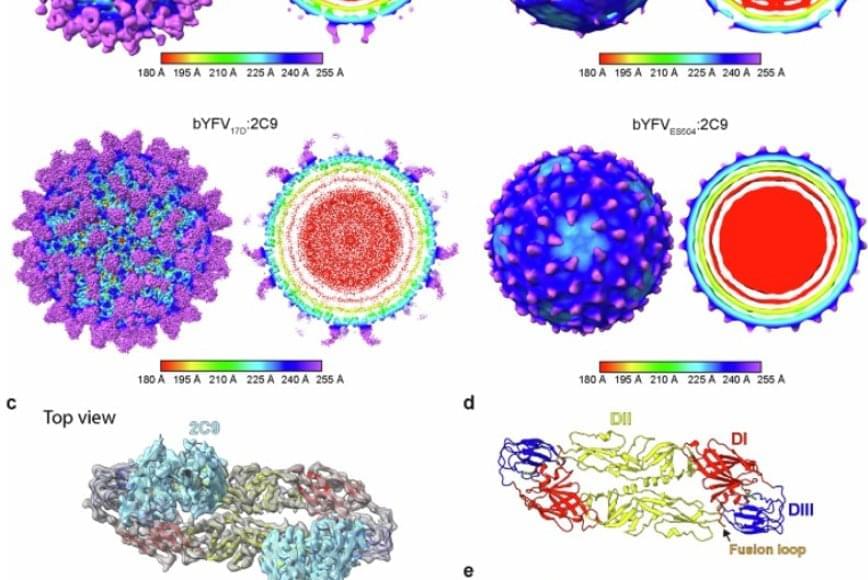
Integrated genomic and transcriptomic profiling of glioblastoma reveals ecDNA-driven heterogeneity and microenvironmental reprogramming.
Tang et al. provide a comprehensive genomic and transcriptomic characterization of extrachromosomal DNA (ecDNA) in glioblastoma. They reveal that EGFR ecDNA shapes transcriptional subtypes and reprograms the tumor microenvironment by stabilizing metabolically active tumor-associated macrophages. These findings uncover mechanistic links between ecDNA architecture and glioblastoma progression, highlighting potential therapeutic vulnerabilities.
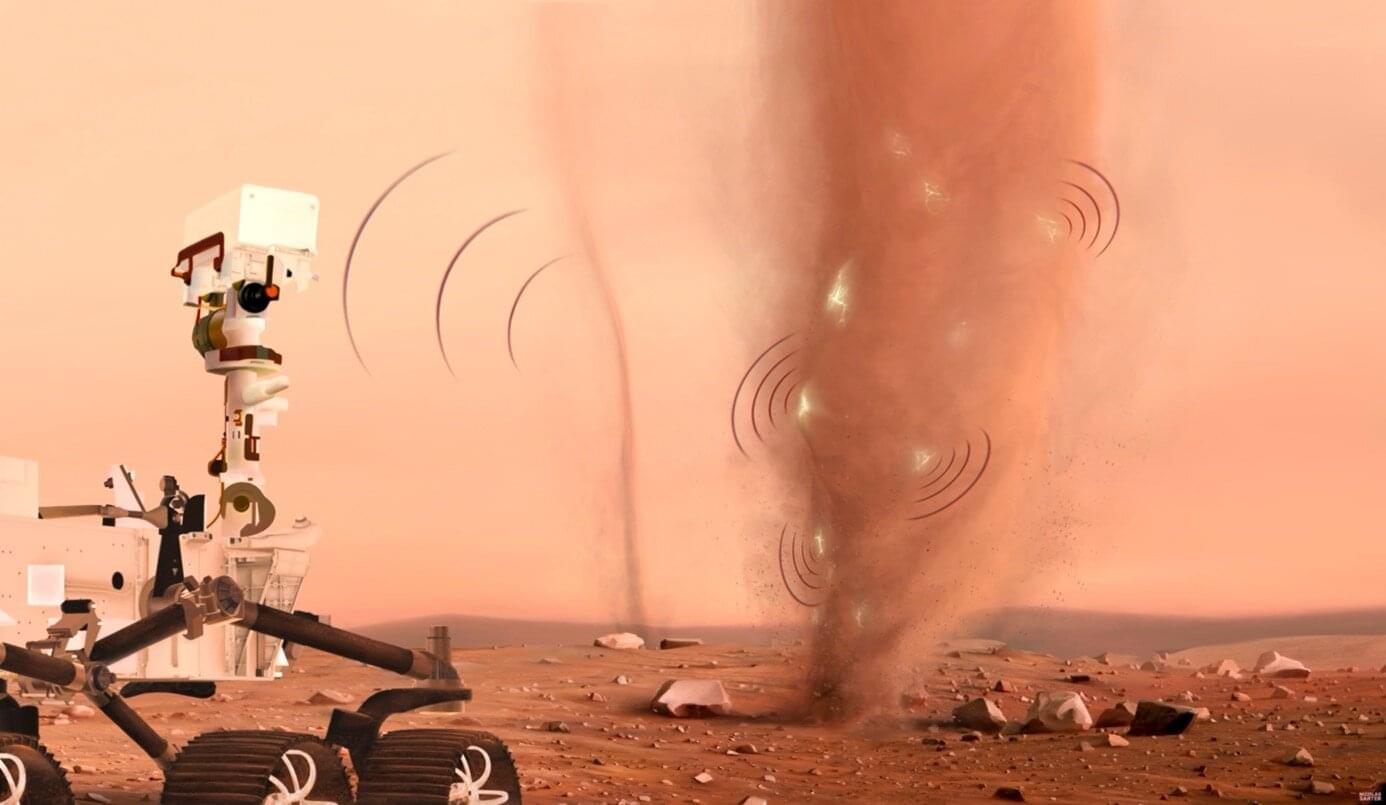
On Mars, winds constantly stir up whirlwinds of fine dust. It was at the center of two of these dust devils that the SuperCam instrument’s microphone, the first ever to operate on Mars, accidentally recorded particularly strong signals.
Analyses carried out by scientists at the Institut de recherche en astrophysique et planétologie (CNES/CNRS/Université de Toulouse) and the laboratoire Atmosphères et observations spatiales (CNRS/Sorbonne Université/Université de Versailles Saint-Quentin-en-Yvelines) showed that they were the electromagnetic and acoustic signatures of electric discharges comparable to the small static electricity shocks that can be experienced on Earth when touching a door handle in dry weather. Long theorized, the existence of electric discharges in the Martian atmosphere has now been confirmed by observation for the first time.
The findings are published in the journal Nature.
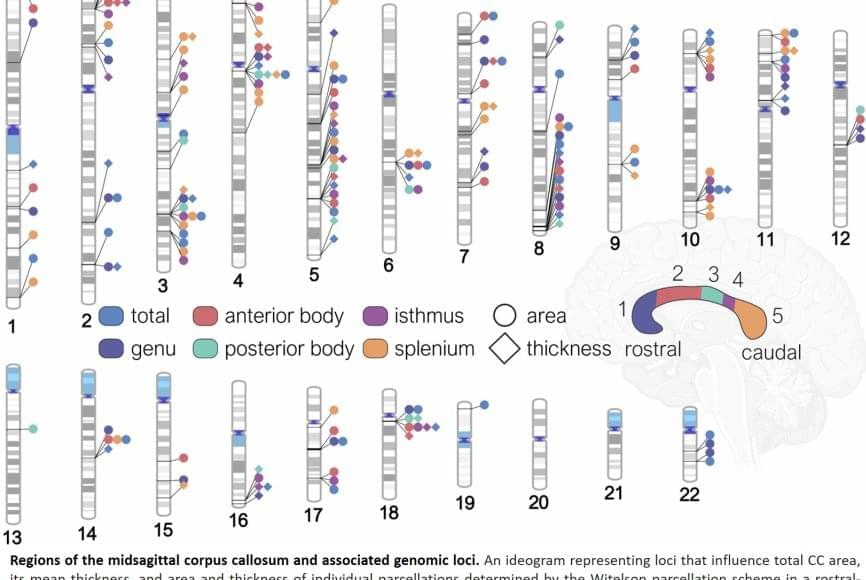
The corpus callosum is critical for nearly everything the brain does, from coordinating the movement of our limbs in sync to integrating sights and sounds, to higher-order thinking and decision-making. Abnormalities in its shape and size have long been linked to disorders such as ADHD, bipolar disorder, and Parkinson’s disease. Until now, the genetic underpinnings of this vital structure remained largely unknown.
In the new study, published in Nature Communications, the team analyzed brain scans and genetic data from over 50,000 people, ranging from childhood to late adulthood, with the help of a new tool the team created that leverages artificial intelligence.
“We developed an AI tool that finds the corpus callosum in different types of brain MRI scans and automatically takes its measurements,” said co-first author of the study. Using this tool, the researchers identified dozens of genetic regions that influence the size and thickness of the corpus callosum and its subregions.
The study revealed that different sets of genes govern the area versus the thickness of the corpus callosum—two features that change across the lifespan and play distinct roles in brain function. Several of the implicated genes are active during prenatal brain development, particularly in processes like cell growth, programmed cell death, and the wiring of nerve fibers across hemispheres.
Notably, the study found genetic overlap between the corpus callosum and the cerebral cortex—the outer layer of the brain responsible for memory, attention, and language—as well as with conditions such as ADHD and bipolar disorder.
For the first time, a research team has mapped the genetic architecture of a crucial part of the human brain known as the corpus callosum—the thick band of nerve fibers that connects the brain’s left and right hemispheres. The findings open new pathways for discoveries about mental illness, neurological disorders and other diseases related to defects in this part of the brain.
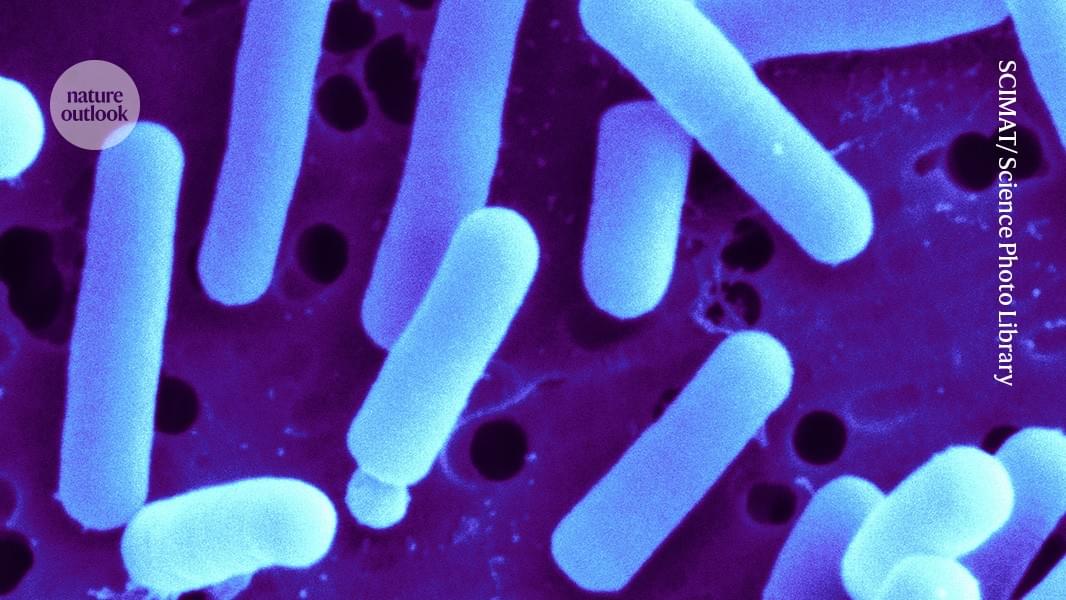
Elon Musk plans to launch solar-powered AI satellites that could provide a nearly limitless source of energy to supercharge AI processing capacity, potentially disrupting traditional energy production and benefiting companies like Nvidia and Tesla ## ## Questions to inspire discussion.
Space Solar Power Economics.
🚀 Q: What’s the projected cost trajectory for space-based solar power? A: SpaceX could achieve $10 per watt for space solar by 2030–2032, down from previously estimated $100 per watt, with ultimate target of $1 per watt for operational systems, requiring 3–4 orders of magnitude cost reduction through Wright’s Law.
💰 Q: How much would launching 1 terawatt of space solar cost? A: Launching 1 terawatt of space solar power requires $1 trillion in launch costs alone, not including manufacturing and operational expenses.
⚡ Q: What energy advantage does space solar have over ground-based systems? A: Space solar plants generate 10x more energy than ground-based sources by operating 24/7 with double intensity, each equivalent to a nuclear power plant in output.
SpaceX Launch Capacity and Timeline.
When I look back at how computing started, I remember a time when I could see the entire problem in my head and simply tell the machine exactly what to do. That world no longer exists. We allowed our systems to make their own decisions, and with that, we crossed into a new era of autonomy.
In this talk, I explain how AI moved beyond imitation and began outperforming us in ways we once believed were uniquely human. I walk through the early intelligence tests, the exponential doubling of capabilities, and the moment we touched the threshold of AGI. Most importantly, I explore what this means for us as a species.
I am neither optimistic nor pessimistic. I am realistic. The coming years will be challenging before they become extraordinary.
And the outcome will depend far more on humanity than on the machines we’ve created.
In this video I talk about:
• how we shifted from rule-based programming to autonomous decision-making.
• the first AI IQ and capability tests and what they revealed.
• why AI abilities doubled roughly every 5.7 months.
• the early evidence of AGI and what it truly represents.
• the meaning of the singularity and why we’re already feeling its effects.
• the two eras ahead: augmented intelligence and machine supremacy.
• why humanity’s biggest risk is not AI’s intelligence, but our own stupidity.
• how we can guide this transition wisely instead of fearfully.
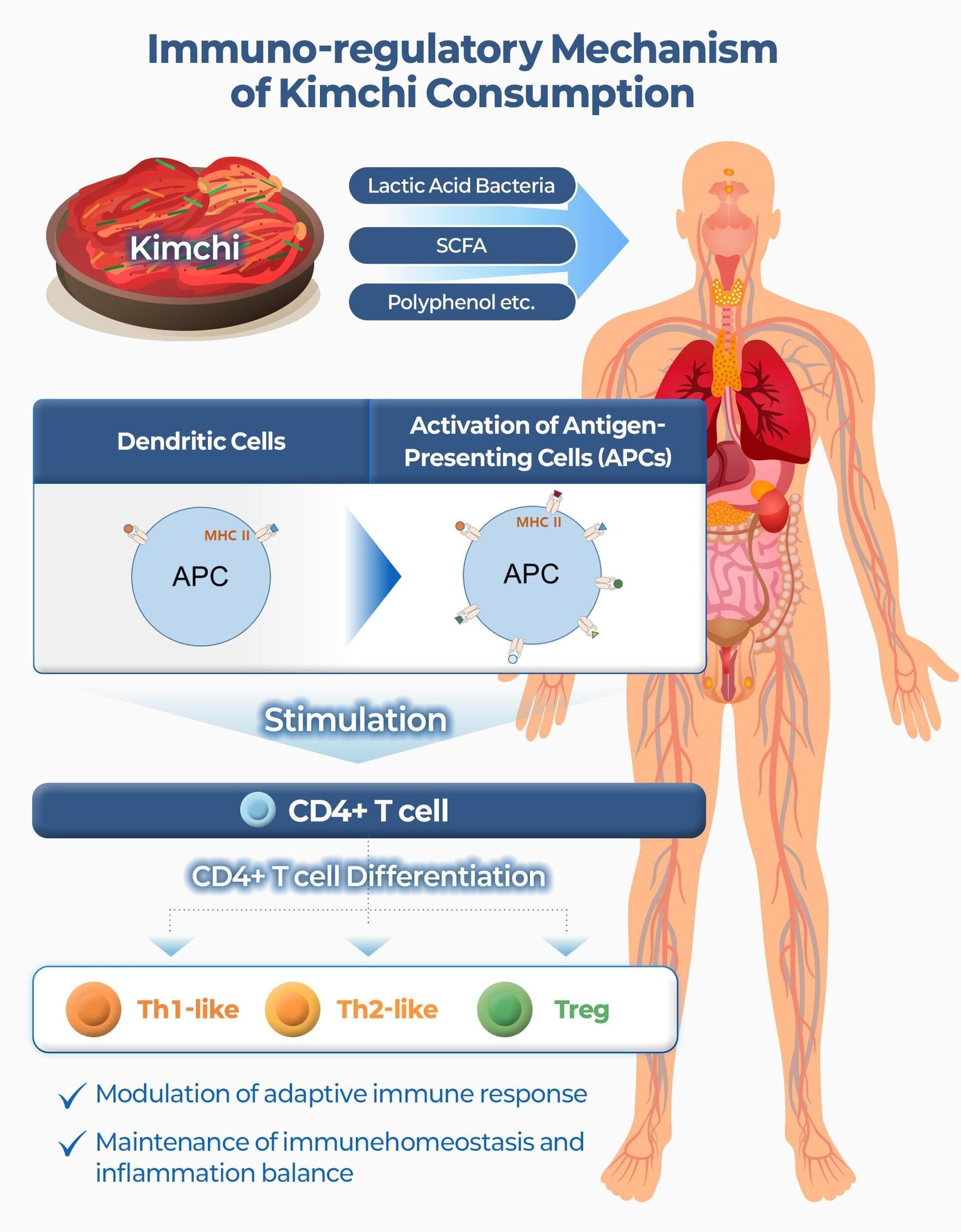
Amid concerns about the simultaneous spread of multiple respiratory diseases, such as colds and influenza, with the change of seasons in current times, a clinical study has scientifically proven that kimchi, a traditional Korean fermented food, enhances the function of human immune cells and maintains the balance of the immune system.
The World Institute of Kimchi has reported the results of a single-cell genetic analysis that suggests that kimchi consumption has immunomodulatory effects, which include the suppression of excessive immune responses while simultaneously enhancing defense functions.
The results of the research are published in npj Science of Food.
